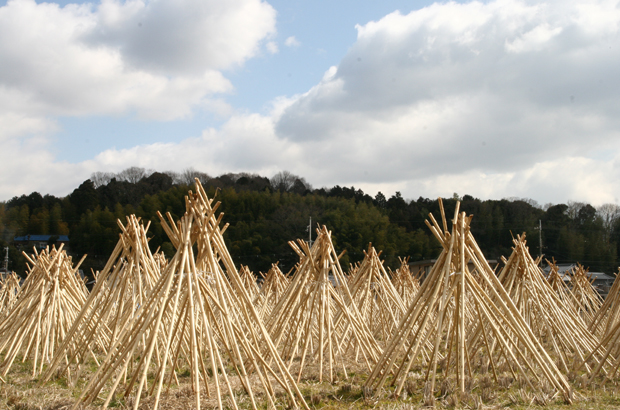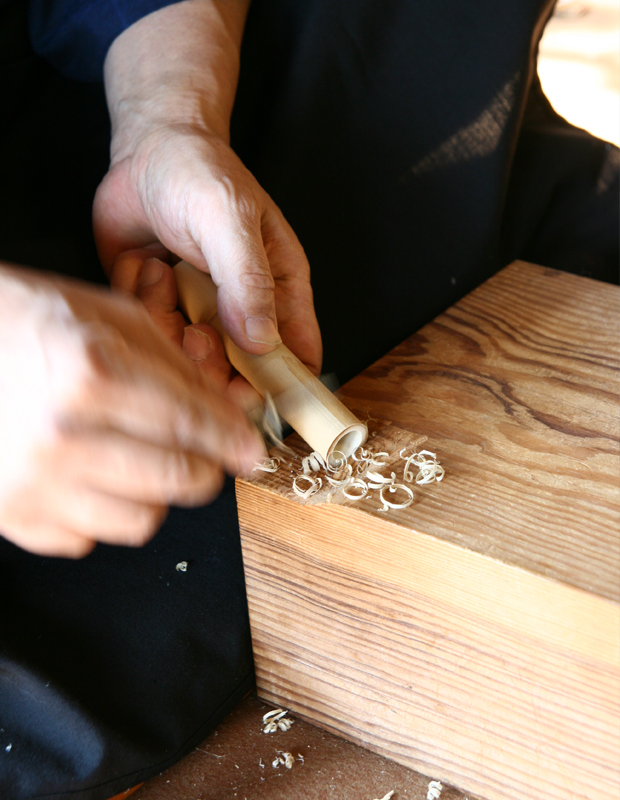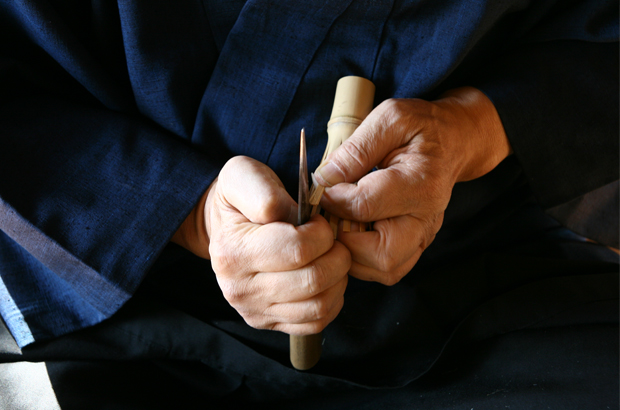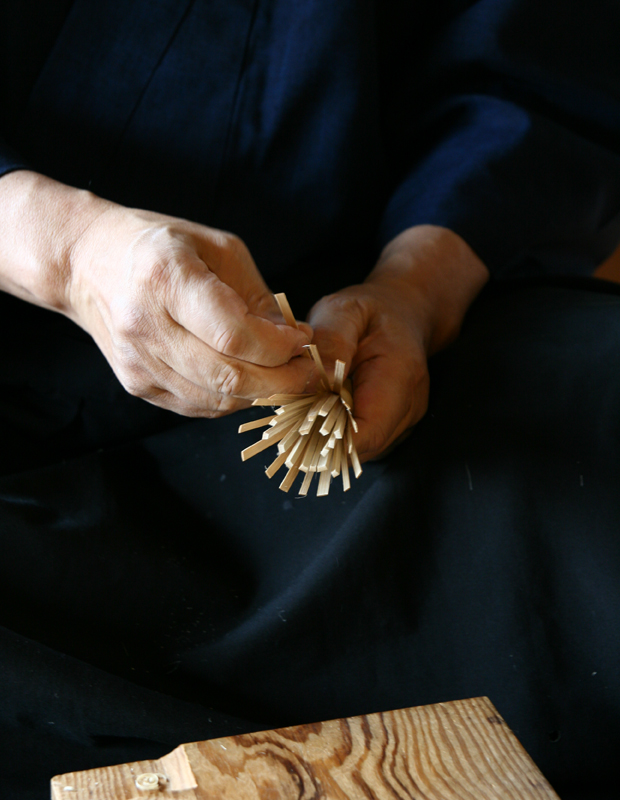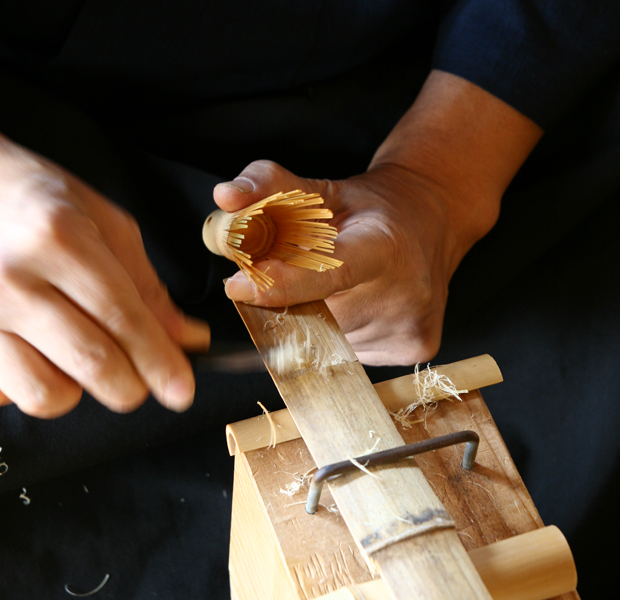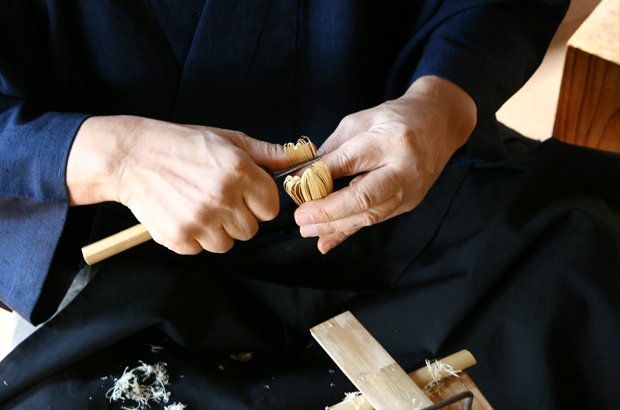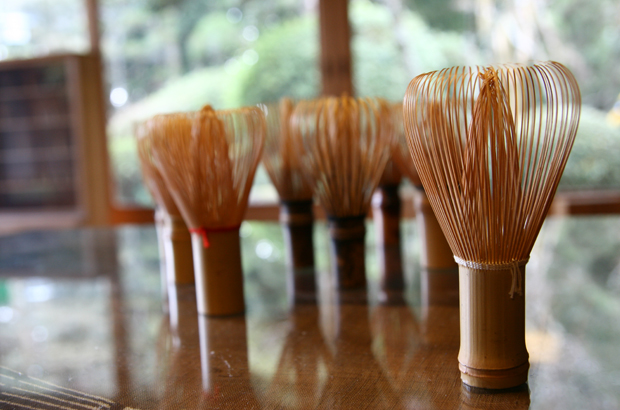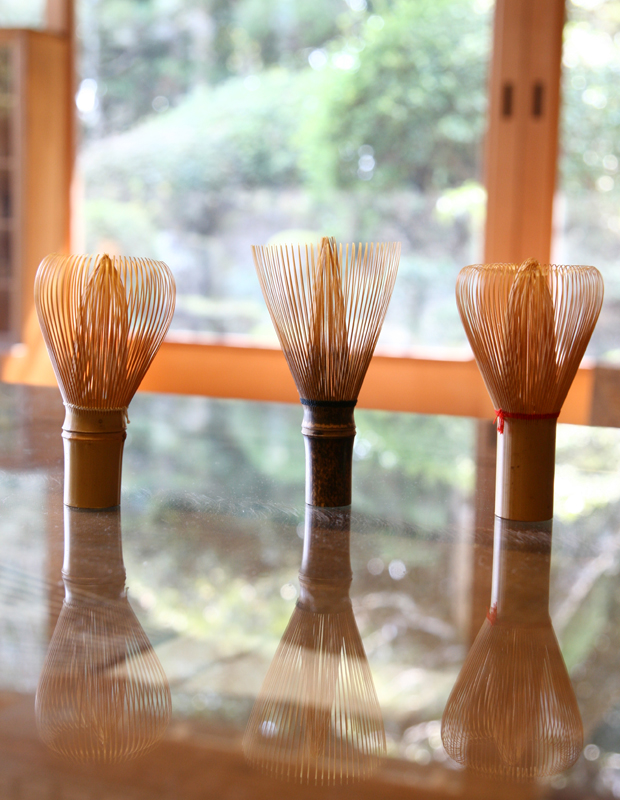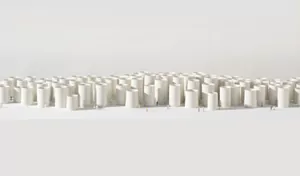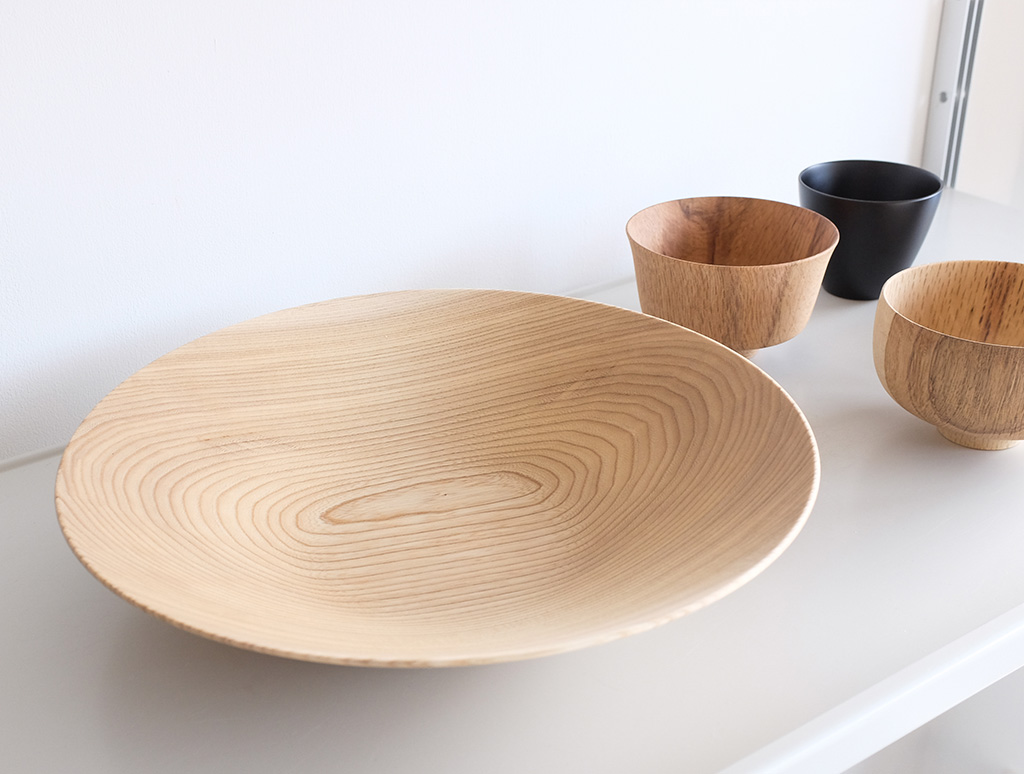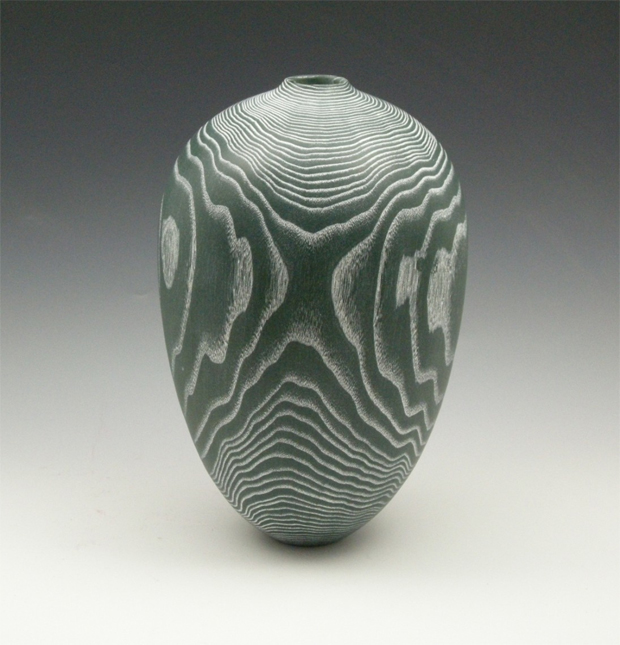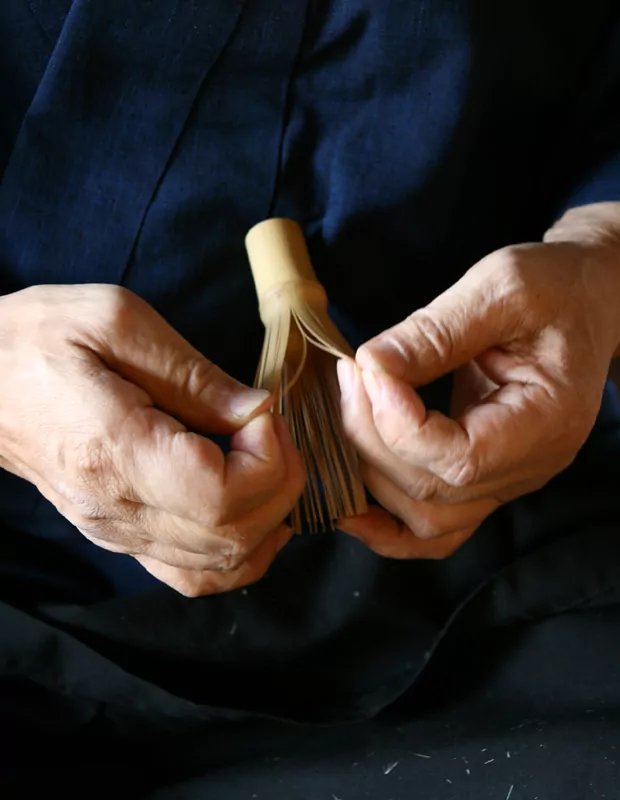
Making a Bamboo Whisk with Yamato Takayama
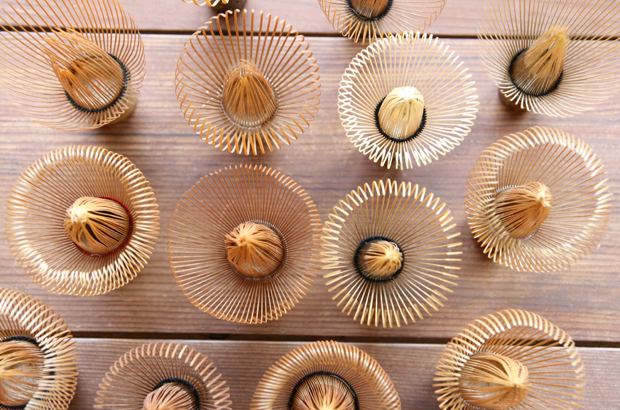
I’m pleased to showcase this set of photography thanks to J Crafts who run a brilliant website that documents Japanese arts and crafts, also selling a nice selection of handmade products on their website. One of my favourite sections on their site is where they document different artisans and craftsman, one in-particular that had my attention immediately was Yamato Takayama who crafts what’s known as a chasen. It’s a bamboo tea whisk that’s used to mix powdered tea with hot water, carved exquisitely from a single piece of bamboo. The bristles can be thinner than the thickness of paper, so as you can imagine it’s very delicate work that requires a steady hand and a lot of knowledge.
I’ve noticed that mingei has gained in popularity, I’m hoping this isn’t a trend and that it will stick around. Obviously for the historial benefit it’s a good thing, but more about appreciating crafts and the individuals that make them, also the appreciation for functional goods that we use in everyday life. For 500 years, the techniques were passed down from father to son, now Yamato Takayama carries the torch and looks to continue on. Chasen creation flourished with the popularity of the tea ceremony, as with all things functional they expanded the varieties to be used depending on the purpose, over one hundred varieties exist today. Remembering all the different styles is important, but to truly be called a craftsman one must be able to subtly alter the spring in the tine tips according to the qualities of the bamboo being used.
Firstly they have to collect the bamboo, the typical bamboo considered good for chasen is said to be that from the mountains of Hyogo, Nare, Kyoto and other areas on the Pacific Ocean side of the Kinki region. This is because this area is low in nutrients causing the bamboo to grow strong and sturdy. The craftsman then takes the piece of bamboo and divides it into sixteen pieces, they’re then cut into large and small segments to make the number of tines required. The ends of the tines are boiled in hot water and placed on a stand, then thinned from the base to the tip. After carving, the bristles are tapered to create a brush-shape, smoothing out all the rough edges and then finish it off by fixing the base securely with thread.
I’ve personally been looking for a set like this for a while and I’m proud to host some images on our website of Yamato making, hopefully you’ll enjoy it too and you’ll reference it in the future for inspiration. If you have some spare time I’d highly recommend visiting the J Crafts website on the link below, it’s extremely fascinating and they also feature other artists who’re very talented indeed.
